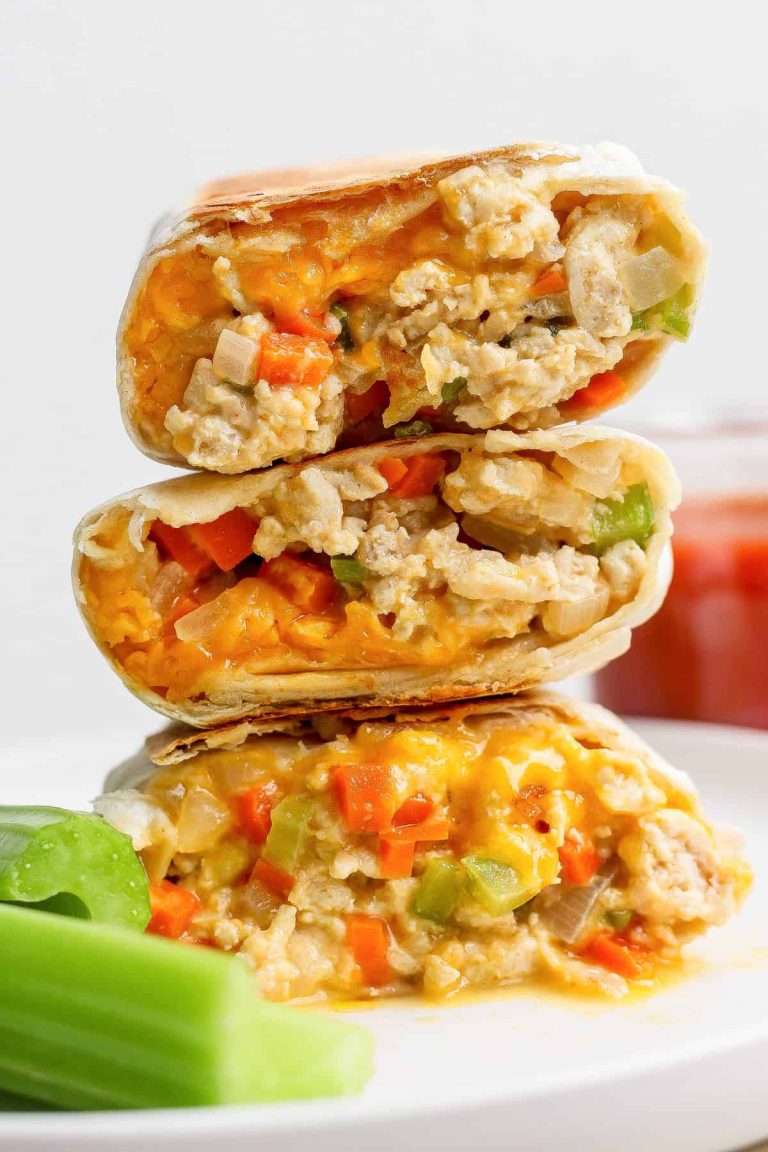In anticipation of the next major global pandemic, it is paramount that the global response to the Covid-19 pandemic is assessed. Especially now, as we see more diseases emerging in both unexpected areas and hosts in response to changing weather patterns and other major factors like globalization, we must be prepared to rapidly and cost-effectively alleviate potential outbreaks. To do so, a greater weight must be placed on vaccine manufacturing and distribution, both in the United States and worldwide, as we saw major imbalances in the world’s response to Covid-19 that highlighted gaps in accessibility.
Looking back at our response to Covid-19 in this milestone year – five years since the start of the pandemic in 2020 – we must use this as an inflection point to both understand the factors behind pandemics’ increased frequency and reinforce the importance of getting therapeutic production up and running in parts of the world that don’t have access.
The shortening pandemic cycle
An analysis of novel disease outbreaks of infectious illnesses such as cholera, influenza, and typhoid over the past 400 years in the Proceedings of the National Academy of Sciences suggests that statistically, extreme events like Covid-19 are not as rare as we might think. The authors found that the probability of a pandemic with a similar impact to Covid-19 was about 2% in any year, meaning that an individual has a roughly 38% chance of experiencing a pandemic like Covid-19 in their lifetime.
This is just a statistic, though. There is no timeline, or borders, when it comes to diseases. As a society, we should remember that the world could experience another major global pandemic at any time, especially considering the following factors that are contributing to a faster pandemic cycle:
- Farming and human-animal interactions – Globally, there is a heightened demand for animal products, with a reduction in extreme poverty playing a significant role in this demand alongside other factors, like urbanization. With more monetary resources, people tend to have more diverse diets that include higher consumptions of dairy and meat, as opposed to cereals, roots, and tubers. As the demand for animal-based products increases, more people are in closer proximity to animals, which leads to the transmission of zoonotic diseases to humans. One recent example of this in the United States is bird flu (avian influenza). With bird flu, human infections can happen when the virus gets into a person’s eyes, nose, or mouth, or is inhaled. Dairy producers and workers can become infected when, for example, raw milk splashes into their eyes, nose, or mouth, or when they touch these areas after handling infected cattle or touching a contaminated surface.
- Climate change – Global warming doesn’t just impact our planet’s temperatures or sea levels. It also impacts the way that viruses spread between species. For example, consider habitat changes – as wild animals’ habitats are lost due to climate change, they venture closer to humans. This variation in animal behavior signals a higher risk of animal diseases spilling over to humans and new pathogens developing. Shorter, warmer winters and longer summers are also linked to more vector-borne diseases like Lyme disease, malaria, and influenza, for which temperature variability can increase the risk of epidemics. Additionally, increased coastal water temperatures can affect the spread of waterborne diseases, and fungal pathogens are also changing locations, like Valley fever, a fungal infection with case incidence moving northward in the United States.
- Globalization – The world is becoming more globalized, meaning that there is a growing interdependence of the world’s economies, cultures, and populations. This is brought about by cross-border trade in goods and services, technology, and flows of investment, people, and information. When considering these flows, it’s critical to remember that infectious diseases know no borders. Globalization and the geography of economic relations were recognized as the main drivers of the spatial structuring and speed of the international spread of the Covid-19.
- Antigenic shift – An antigenic shift occurs when viruses swap whole sections of their genomics, leading to changes in the antigen genes, potentially leading to entirely new virus strains. Pandemics are nearly always the result of antigenic shift events, as virus strains with novel lineages often have very poor immunity across populations. Considering globalization and these other factors, antigenic shifts only exacerbate the spread of viruses, as a combination of low population immunity and global interconnectedness in this day and age only make it easier for infectious diseases to spread.
As a society, it’s critical for us to be aware of how these factors are driving risk with pandemics. Keeping these risks in mind, we must ensure that we are prepared to respond to the next pandemic globally, which requires having the capacity to respond.
Biomanufacturing capacity’s role in the next pandemic
The response to Covid-19 exposed significant gaps in pandemic preparedness and revealed opportunities to enhance global vaccine infrastructure, manufacturing, and distribution. During the Covid-19 pandemic, a majority of the world’s least vaccinated countries were low- and middle- income countries (LIMCs). If countries aren’t making or importing enough vaccines to meet their demand, then access becomes a critical issue. Factors including dose hoarding by high-income countries, export restrictions, manufacturer delays, slow in-country rollouts, and dose donations with short shelf lives left significant portions of LIMCs’ populations vulnerable to Covid-19.
To ensure that everyone has equitable access to vaccines, biomanufacturing capacity must be distributed all over, and these countries must have the capacity to make vaccines themselves. The ability to produce biologics at a faster pace, with more consistent quality and at lower costs, will be essential in meeting future global health needs, especially considering the growing pressure to address emerging diseases, pandemics, and an aging population.
Continuous manufacturing (CM), a manufacturing process that sends materials directly and immediately to the next step of the process, is streamlining and optimizing bioprocessing operations and enables non-experts to manage complex production processes with greater ease, specifically due to smaller unit operations and increased automation. This distributable, lower-cost manufacturing approach democratizes biomanufacturing technology and expands access to life-saving treatments by empowering smaller players to produce biologics like vaccines without the need for large, upfront capital investments. In some cases, CM even allows for localized production of biologics, reducing dependency on global supply chains and increasing the reliability of the availability of essential medicines in remote areas. As the technology advances, it will make high-quality biologics more affordable, accessible, and faster to produce, ultimately revolutionizing global healthcare delivery.
In the face of increasingly faster pandemic cycles, technology approaches like CM have the potential to address critical challenges in global health and allow us to move toward a future where all countries have equitable access to vaccines. Beyond this, thriving bioeconomies and overall medical or biotechnological sovereignty in LIMCs will not only bolster these countries’ ability to respond to the next major global pandemic and regional epidemics, but also help pave the way to their overall health and prosperity. Looking back at our response to the Covid-19 pandemic, it’s critical that we evaluate our approach and actions to ensure that our populations are well prepared for the next major event.
Photo credit: Geber86, Getty Images

Dr. Kerry Love is the co-founder and CEO of Sunflower Therapeutics, a women-owned and led biotechnology company delivering next-generation protein manufacturing solutions that anyone can use to create innovative new medicines, vaccines, foods, and other bio-produced materials. Kerry is an organic chemist by training, performing her doctoral studies at MIT, and a biotech entrepreneur at heart, having founded two companies and contributed to the starting of many more over the past twenty years.
This post appears through the MedCity Influencers program. Anyone can publish their perspective on business and innovation in healthcare on MedCity News through MedCity Influencers. Click here to find out how.





